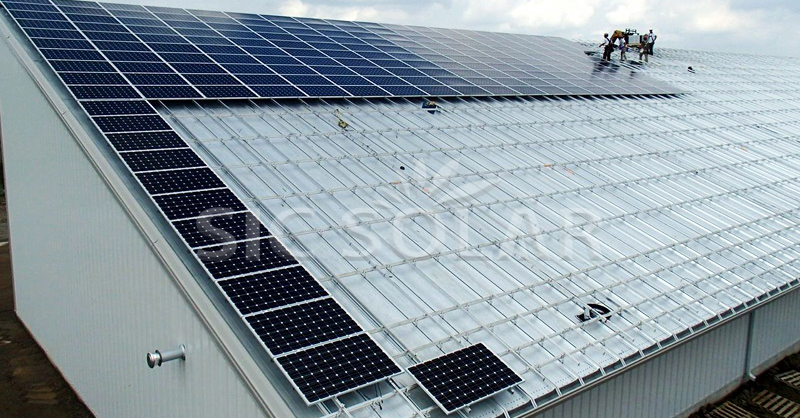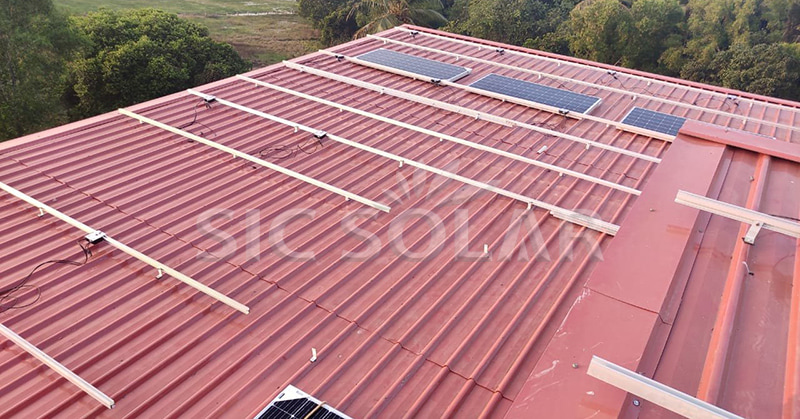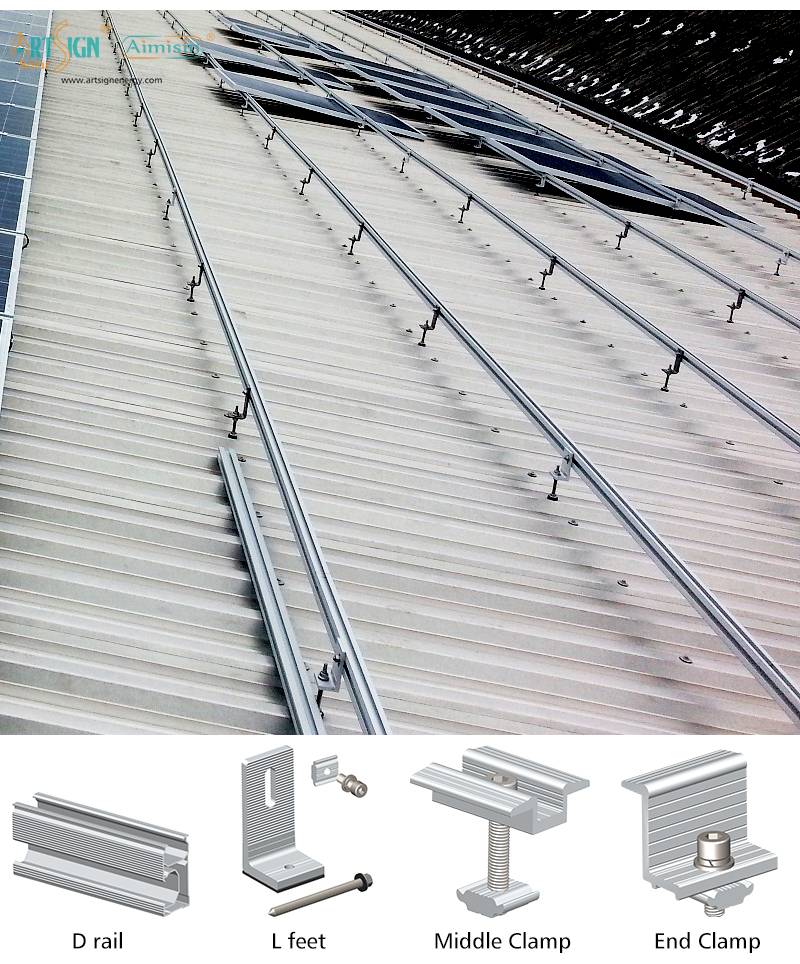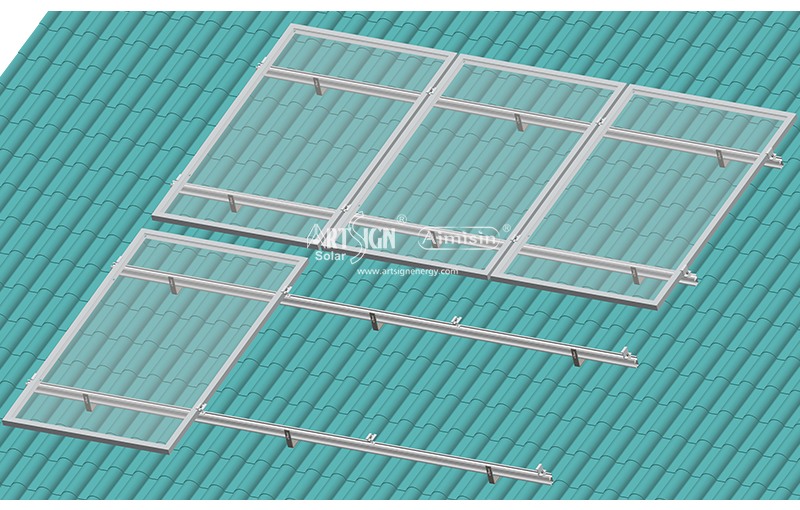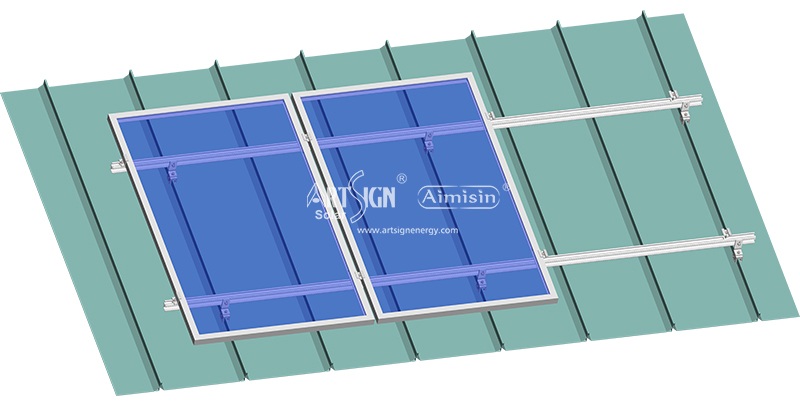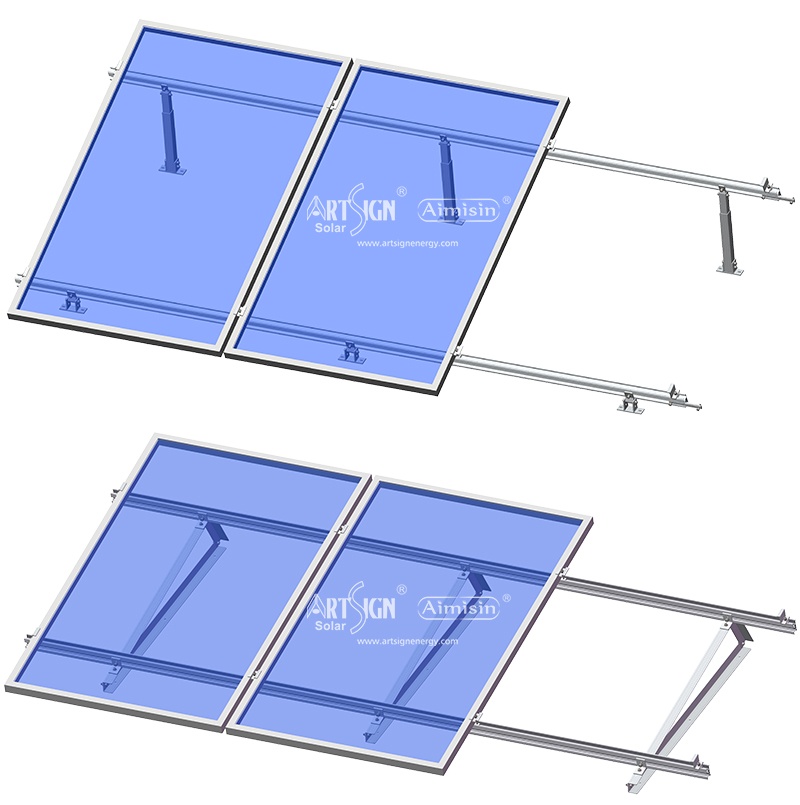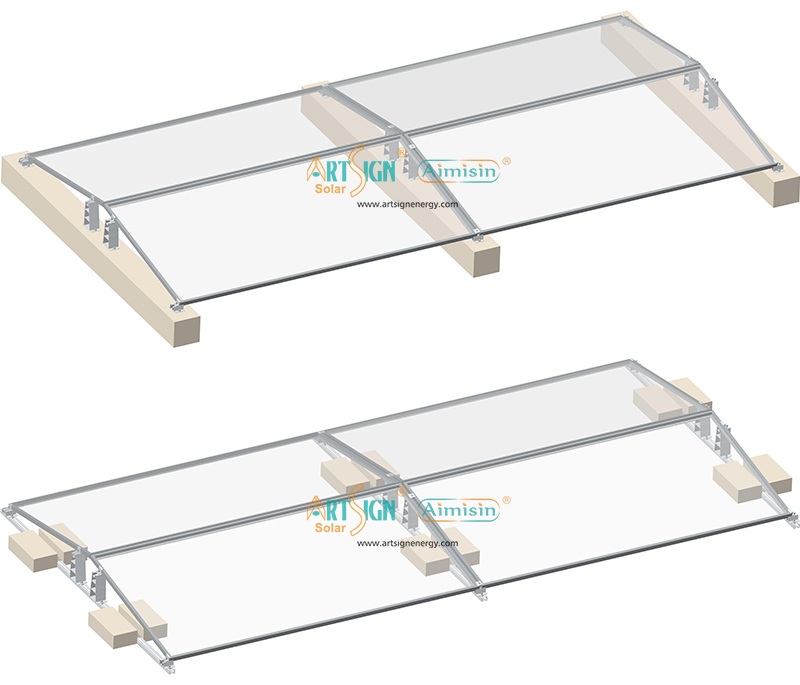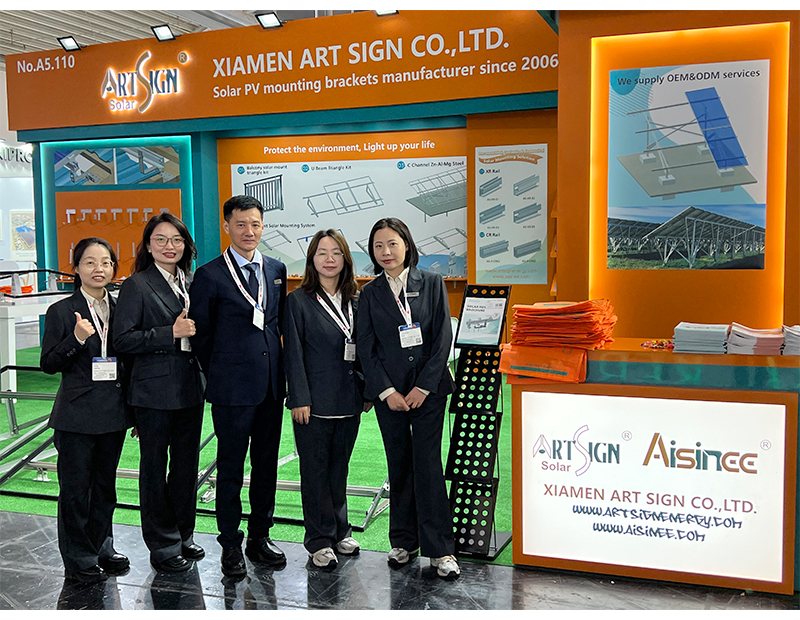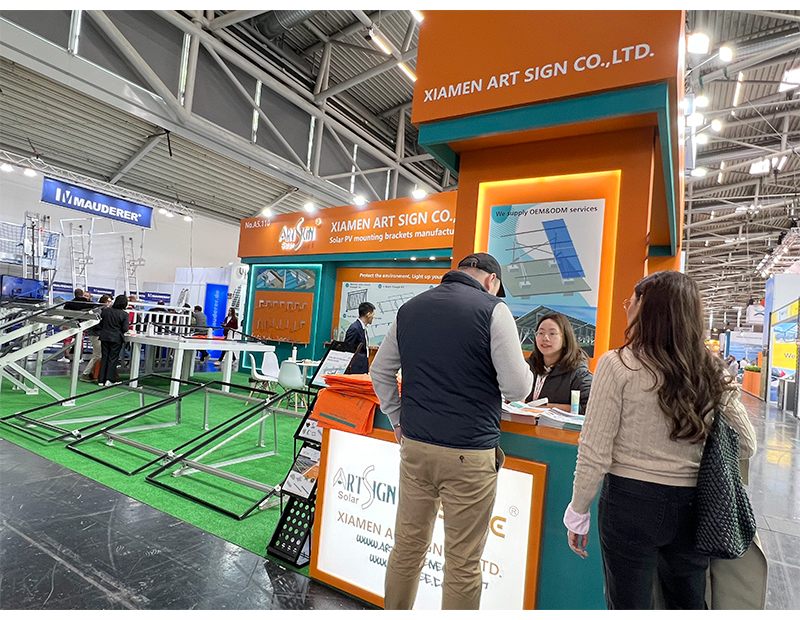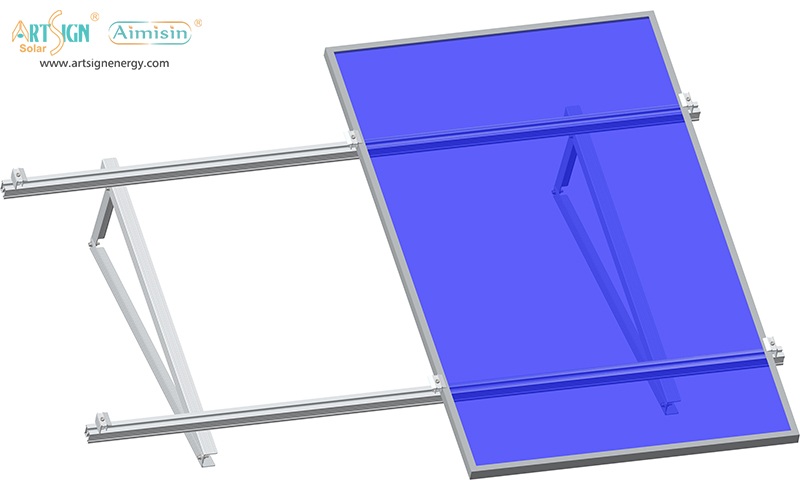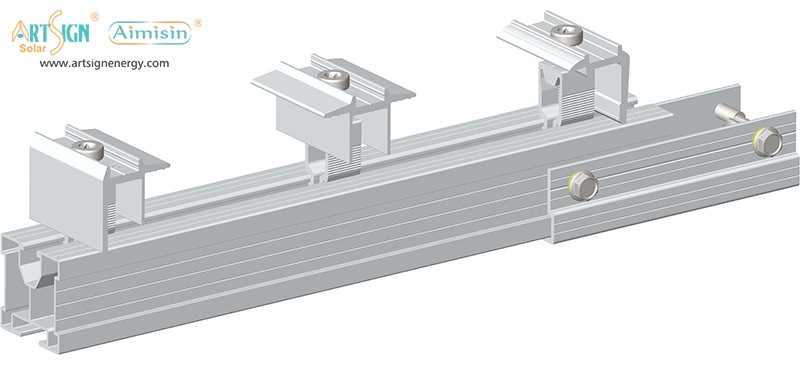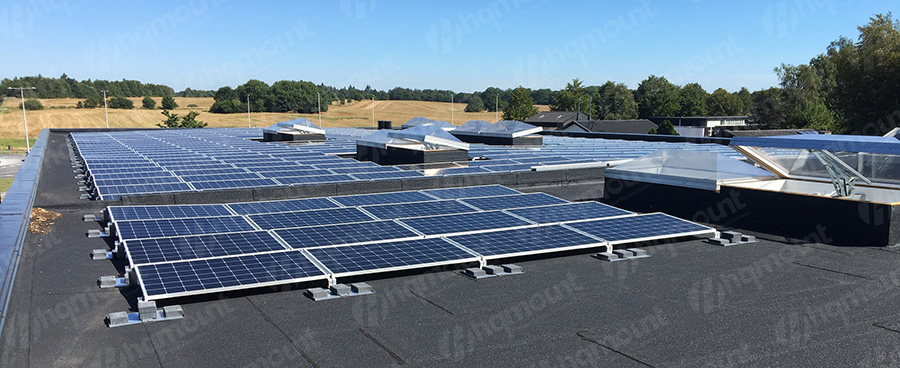When it comes to solar photovoltaic (PV) systems, panels often get the spotlight—but the mounting structure is just as important. A reliable mounting system ensures your solar panels are securely positioned for optimal sunlight exposure and long-term durability. So, which type of solar PV mounting structure is recommended?
Key Types of Mounting Structures
There are three common categories of mounting systems:
-
Roof-Mounted Systems
These are typically used in residential and commercial installations. They can be fixed or adjustable depending on the roof type (flat or sloped). They’re cost-effective and take advantage of existing space. -
Ground-Mounted Systems
Ideal for installations where land is available. These offer better cooling (which can slightly improve panel efficiency) and easier maintenance access. Some ground mounts even allow tracking systems to follow the sun. -
Carport and Customized Solutions
Dual-use structures like solar carports offer shade and energy generation in one. These systems are growing in popularity for parking lots and commercial premises.
What Matters When Choosing a Mounting Structure?
-
Material Quality: Corrosion-resistant materials like aluminum or hot-dip galvanized steel are essential for longevity.
-
Structural Integrity: The frame must withstand wind, snow, and seismic loads specific to the installation site.
-
Installation Ease: A well-designed mounting system should reduce labor and installation time.
-
Cost-Efficiency: Balance performance and durability with project budget constraints.
Why Choose SIC Solar Mounting Systems?
SIC Solar is a trusted manufacturer and supplier of high-quality PV mounting structures. Their products are engineered to meet international standards, combining strength, adaptability, and affordability. Whether it's a rooftop, ground-mount, or custom solution, SIC Solar offers systems designed for fast installation and long-term reliability.
What sets SIC Solar apart is their commitment to innovation and client support. Their R&D team continuously improves design efficiency while keeping materials sustainable and cost-effective. For project developers and EPC companies, this means fewer headaches during planning, installation, and operation.
Final Recommendation
There’s no one-size-fits-all answer—the best mounting structure depends on your site conditions, budget, and energy goals. However, working with an experienced provider like SIC Solar ensures that you get a solution tailored to your needs, backed by technical expertise and durable design.
